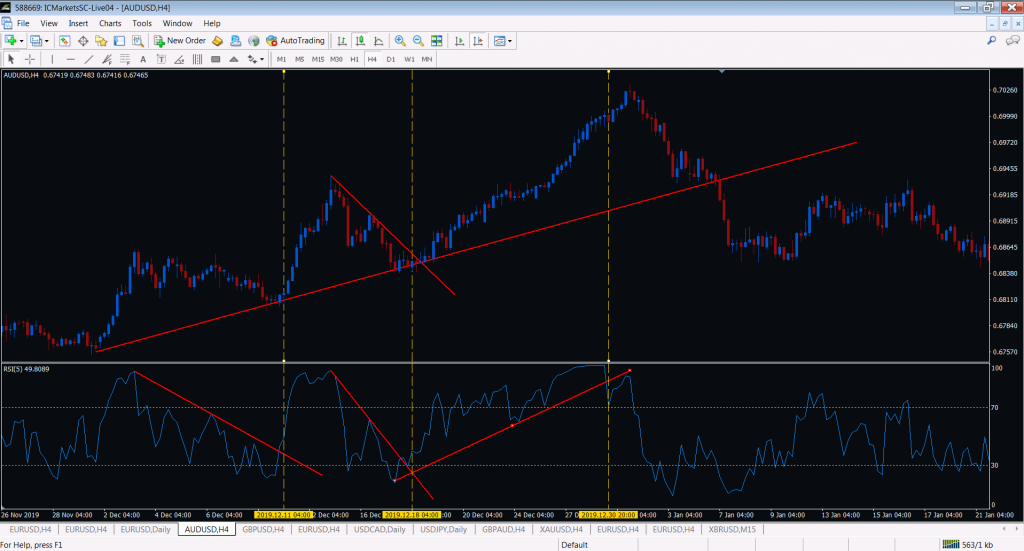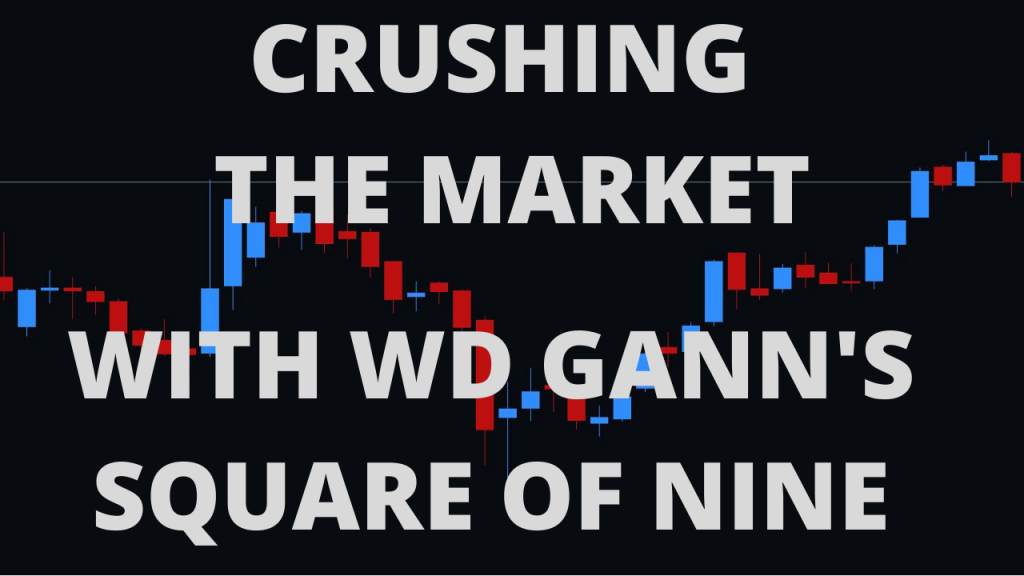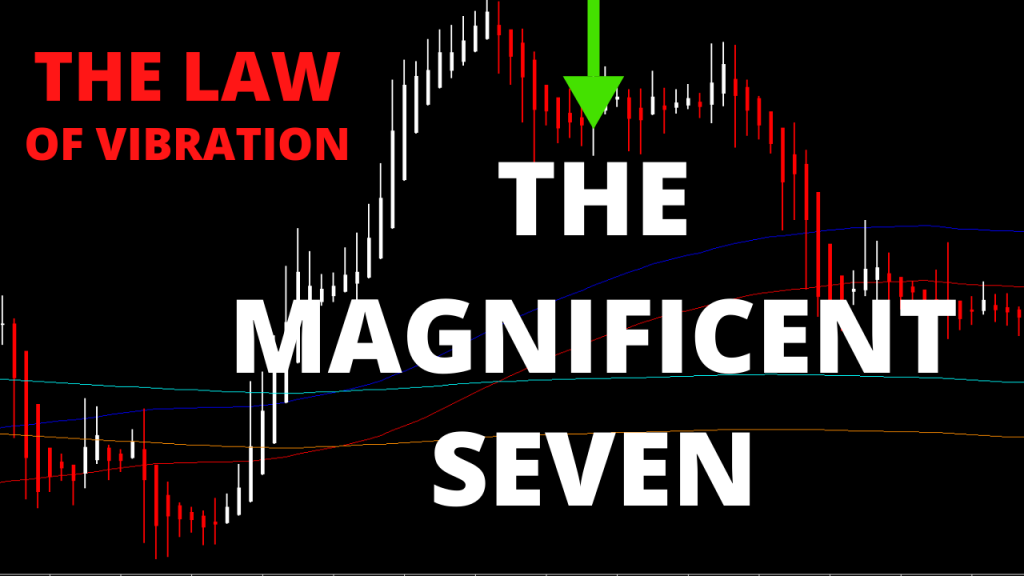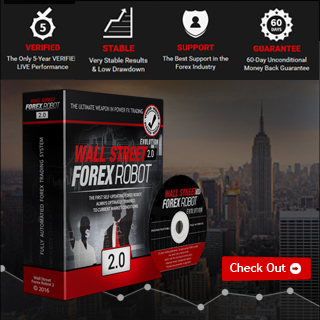Today I will try to explain to you what the market makers are, what is a stop loss hunting and why hedge funds, other big financial institutions together with all kinds of brokers are trying to rip you off and get your money.
So first things first; what is a market maker?
Market maker, by definition, is a liquidity provider. On the stock market, market makers are a couple of companies listed on the given exchange, so their number is limited and they are strictly regulated.
From the other hand, on the Forex market, most foreign exchange trading firms are market makers and so are many banks. The market maker both sells to and also buys from its clients and is compensated by means of price differentials for the service of providing liquidity, reducing transaction costs and facilitating trade.
Providing liquidity by the market maker means a situation when on the market there is a shortage of orders on one side or another. What does it mean?
Let me give you a simple example; let’s assume that all the market participants want to buy an asset, in our case a currency against another currency, for example wants to buy EURO against USD, in such a case there are no sellers at all.
And here comes the market maker, or market makers. They simply become the selling side of the market to participants. In this case, we have a situation when retail traders are loaded with long positions and market makers are on shorts. It’s an ideal situation.
So the market makers task is to balance supply and demand of the market or in other words to provide liquidity.
But market makers are not like wild mushrooms; they do not grow in the forest after the rain.

So where are they coming from? And where they get the money from?
Market makers are everywhere; I mean it. Most of the brokers are market makers, so the banks quite often are, the investment funds are often acting as market makers, hedging funds are market makers too. Obviously not all the time.
There is a variety of financial instruments such as options, futures, and other derivatives of any base currency which allow big capital to act as the market makers.
Where they get their money from for speculative purposes? From other people. They know the rule. The best way to make money is to use OTHER PEOPLE MONEY. AND THEY DO.

BUT Let’s start then with the brokers. I have to clarify to you how they act and what kind of brokers are there on the market.
We can distinguish between several types of Forex brokers according to a range of criteria. Usually Forex brokers can be divided into groups for:
- Brokers with licences (reputable)
- Brokers without licences (or non-reputable brokers)
Depending on the execution of orders, there are:
- Dealing Desk Forex brokers
- No Dealing Desk Forex brokers (STP or ECN)
- Hybrids
Dealing Desk Brokers
We usually refer to DD brokers as market makers. The infamous term “market makers” is used because these brokers usually take the opposite side of traders’ trades. They make money through spreads and by providing liquidity. They also try to find a matching long or short order from their other clients, before taking a countertrade or passing it on to a liquidity provider. They are known to offer artificial quotes, and orders are filled on a discretionary basis.

No Dealing Desk
Contrary to DD brokers, NDD brokers use both the STP and ECN technologies without a dealing desk and route trade orders directly to liquidity providers. This allows clients to access real markets with better and faster fills. It is a bridge between clients and liquidity providers, and there are no requotes when an order needs to be filled. We differentiate between two types of NDD brokers: the STP and the ECN.
STP Brokers
The STP (or Straight Through Processing) technology requires no dealing desk. All orders are routed to the broker’s liquidity providers, and prices are executed at the bid/ask rate provided by liquidity providers. Liquidity providers in this case are hedge funds, big banks, and investors that effectively act as counterparties to each trade.
In a broader sense, STP means that the broker company plays the role of a silent connection provider between the market and the trader, rather than a dealing desk re-processing trades.
So STP brokers DO NOT REPROCESS OUR TRADES!!! THEY SEND THEM STRAIGHT AWAY TO LIQUIDITY PROVIDERS.
ECN Brokers
There are a lot of similarities between STP and ECN brokers, but the primary difference is routing. As mentioned above, the STP can choose to deal with different liquidity providers out of their liquidity pool, while the ECN acts as a form of the hub. The hub acts effectively as the major liquidity source, as it is represented by banks, hedge funds, and all the major market players.
They all become interconnected in order to find counterparties for the orders they are unable to handle internally. Another difference between the STP and the ECN is that ECN trading is mostly capped at a 0.1 minimum lot size. This is because there are very few liquidity providers allowing for less than 0.1 lots, which proves to be difficult for inexperienced traders who need to trade with smaller amounts of money (for instance, between 1000-2000 USD), so a hybrid model has been developed as a solution.
Hybrid Model
The Hybrid model is a combination of both the ECN and the STP. Usually, with this type of service, brokers are able to focus on providing great customer service, education, and different market analyses. Mixing the ECN and STP models allows for a fully electronic Forex dealing service. This popular mix allows a Forex broker to fully automate the order entry, dealing with spread pricing and the trade execution aspects of their deal execution business.

So lets summarize it.
In short: Desk Dealing brokers are a kind of Market Makers. They offer you the price for the position you want to open and they search at liquidity providers that can offer them the possibility to make money on difference of the price between you and liquidity providers.
So the DD offers you to buy let’s say EUR/ USD at the price of 1.1000 but they can get it from another liquidity provider at let’s say 1.0985 so they make a profit of 15 pips on you. It’s just as an example.
The real Market Makers are banks, hedge funds or big investment funds. The bigger they are the stronger price movements they can create.
We don’t see how many orders wait on both sides of the market; Market Makers do. They dispose of the capital big enough to move the price both ways. And they do. They are on the market to make money and to squeeze the other participants. And they make money most of the time.
I give you now the example of hedge funds. They hedge their positions there is they buy the base asset, and hedge it with the derivative of the asset.
As an example; if Dow Jones is now at 29 000 and DJ future is at 29 020 they buy the index and at the same time, they sell an equal amount of futures.
If you do it with your capital, you wouldn’t make money on it because your account is to small. For hedge funds the difference between the base and the derivative is a source of profit, because making a transaction of let’s say one hundred pack, there is 2.9 million worth of buying index and 2.9million of sold futures give them 20 000 dollars less transaction costs which is 2 000 dollars. The position is closed when base asset price and derivative price, in this case the future are equal. The same goes with options and it works with all base assets; currencies, commodities, bonds and so on.

Other liquidity providers are banks. They’ve got orders from clients to buy and sell different currencies. If they’ve got to sell 300 millions of GBP against USD, they don’t do it in one go, because they wouldn’t get the best price. So, through their dealing desk they try to manipulate the market by rising the price in order to get the required one. So their dealer in the dealing room make a selling plan first and then they execute it.
In practice, they try to imbalance the market, trigger break out orders, trigger stop loses placed in order to rise the market to required price level or zone.
That’s why you often see on the chart these out of logic candle formations, corrections, long wicks, multiple candle rejections and so on.



